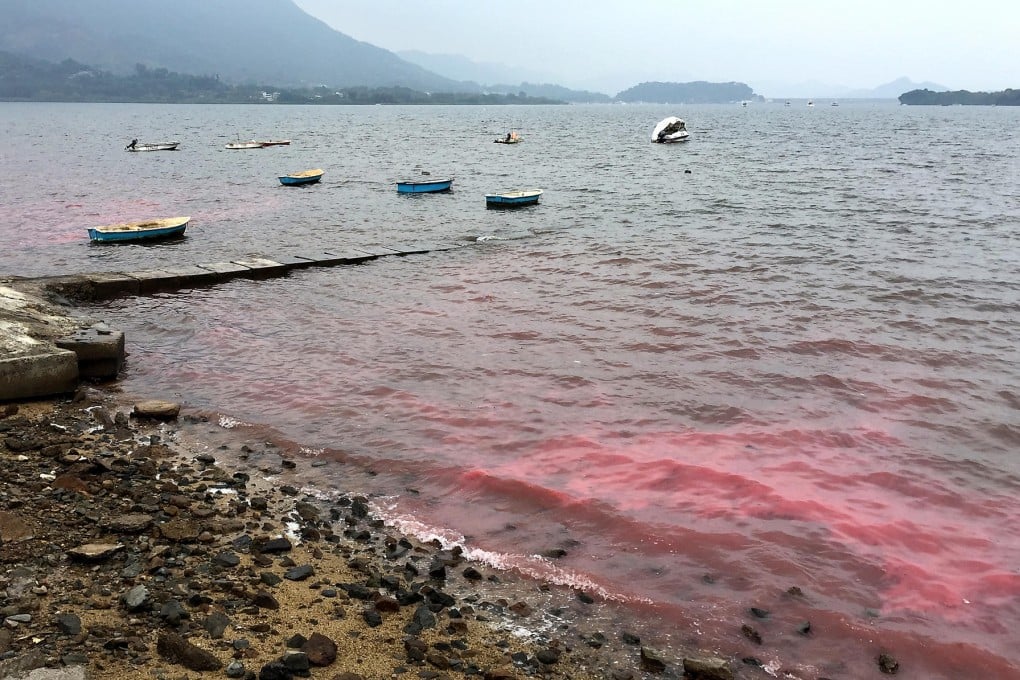Hong Kong's eerie luminescent water a red light for swimmers

A fluorescent blue glow seen emanating this week from the coastal waters along Lung Mei, Tai Po - the future site of a controversial man-made beach - may look beautiful, but environmental advocates say it signals trouble.
The otherworldly colour comes from an algae bloom called Noctiluca scintillans, nicknamed "sea sparkle", which is a kind of red tide whose growth is stimulated by organic pollutants such as sewage, green groups say.
The luminescent patches, seen near Sam Mun Tsai and Lung Mei villages in the past two weeks, are formed by the glow of a single-cell organism which has a heart shape and a tail, said Dickson Wong Chi-chun of the Hong Kong Wildlife Forum.
"It is transparent and appears pink in day time," he said.
The blue glow is triggered when the organism is disturbed by waves, ships or humans. Most bioluminescence appears as a blue or green colour as those use less energy than red, he added.
The sparkles are usually spotted in Tolo Harbour starting in March, but warmer than usual seawater temperatures could have triggered an early emergence, Wong said.